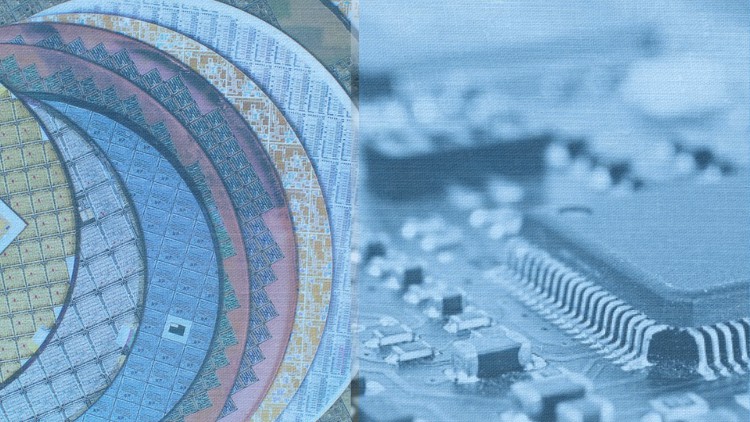
With 25 years Previous GATE solutions
What you will learn
Energy band theory and transport of charge carriers for GATE
pn Junction diode and special purpose diodes including all opto electronic devices for GATE
Transistor theory: BJT, MOS capacitor, MOSFET for GATE
All previous year GATE questions
Description
The prominence of electronic devices is increasing in Graduates Aptitude test in engineering(GATE)-Electronics and Communications year on year. we can expect an average 12 marks from this subject electronic devices. Understanding device physics is quite essential to solve GATE standard questions.
For any GATE aspirant understanding transport phenomena of charge carriers, drift current, diffusion current, energy band theory of semiconductors, electron hole pairs(EHPs), Junction formation in a diode, extending this study to three terminal devices like BJT and MOSFET is necessary.
Section-01:
This course begins with a briefing on the fundamentals that are required to understand semiconductor device physics including some quantum physics fundamentals.
Section-02:
Energy band theory of semiconductors is explained with fermi Dirac distribution function. Intrinsic, extrinsic semiconductors are explained from the purview of energy band theory. Previous year GATE questions are explained.
Section-03:
Transport phenomenon talks about mobility, conductivity, Diffusion coefficient and the most important “Einstein’s relation” along with continuity equation. These topics are treated quantitatively along with the necessary qualitative analysis required to solve GATE questions.
Section-04:
Based on this knowledge, pn junction diode theory is well explained. It covers contact potential, Maximum field intensity, charge density profile along with the necessary energy band structures in forward bias and reverse bias conditions. The second part of junction diode theory focuses on the quantitative analysis of diode currents, diode capacitive behavior and diode switching times. Previous year GATE questions are solved.
Section-05:
Zener diode, opto electronic devices like photo diode, LED and solar cell are extensively covered with all previous year GATE questions.
Section-06:
MOS capacitor detailed analysis is provided for deep understanding. Previous GATE questions are solved
Section-07:
MOSFET structure, operation, VI characteristics are explained in enhancement and depletion mode devices with all previous year GATE questions.
Section-08:
Bipolar junction transistor is explained in npn and pnp configurations with necessary quantitative analysis.
By the end of this course student is able to solve any kind of challenging question in GATE, ESE and any other PSU related to electronic devices and semiconductor device physics.
About Author:
Mr. Udaya Bhaskar is an undergraduate university level faculty and GATE teaching faculty with more than 15 years of teaching experience. His areas of interest are semiconductors, electronic devices, signal processing, digital design and other fundamental subjects of electronics. He trained thousands of students for GATE and ESE examinations.